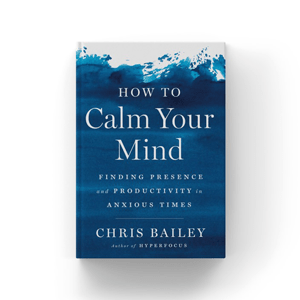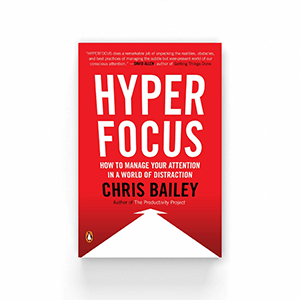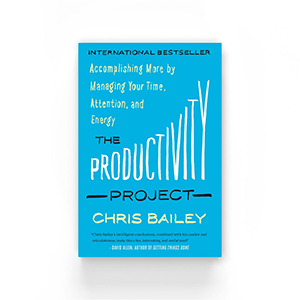Estimated Reading Time: 11 minutes, 3s. It’s pretty skimmable, though :-)

What is “soylent”?
Soylent is a powdered food mix that supplies all of your body’s daily nutritional needs. To prepare some, you simply combine soylent power–which contains everything you nutritionally need over the course of a day–with olive oil (for fat) and water, and then the drink the smoothie-like concoction. Because the official, kickstarted Soylent isn’t shipping yet, I made my own for this experiment, following the Hackerschool Soylent recipe.
Nutritionally-speaking, soylent is the perfect food. Since it is a powdered substance and you can control exactly what you put in the mix (for this experiment I prepared big batches of the stuff ahead of time), you can engineer the food substitute to contain exactly how much protein, carbs, fat, sodium, potassium, and fiber your body requires on a daily basis, and add vitamins and minerals to compensate for whatever else you’re missing. The soylent I prepared contained:
- Oat flour: For carbohydrates
- Pea protein powder: For protein. I added extra, because I work out most mornings
- Olive oil: For fat
- Brown sugar: For flavor and carbs
- Ground flax: For fiber
- Cocoa powder: For fiber and taste
- Lecithin: For choline
- Iodized salt, Vitamin D, Potassium Citrate, Emergen-C (Vitamin C), and a multivitamin
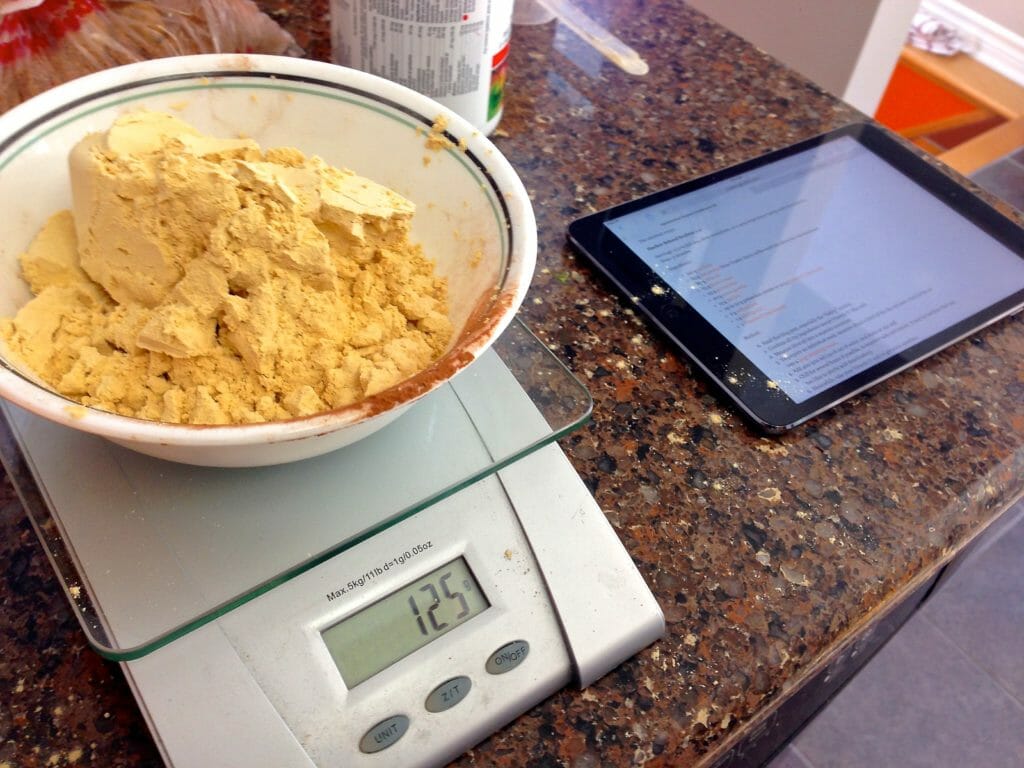
Since you can calculate exactly how much protein, carbohydrates, vitamins, fats, minerals, fibre, and other great things are in the mix, you can essentially create a mix that is totally perfect for your dietary needs. Need a bit more Vitamin D? Great, grind a Vitamin D tablet and put it into your mix. Have trouble remembering to take a daily multivitamin? No problem, crush one of those up and put it in the mix too. Having trouble getting enough fiber? Again, no problem, just add more ground flax to your mix.
Soylent is the closest thing out there to the infamous meal-in-a-pill popularized by The Jetsons in the 1980’s. The idea of soylent is a great one, and on the surface, soylent is pretty close to perfect.
But just like riding a Greyhound bus, eating cheap Chinese food, or playing a rousing game of Monopoly, you quickly learn how terrible of an idea eating only soylent can be.
What is soylent like?
 Here’s what soylent is like in a nut:
Here’s what soylent is like in a nut:
- Taste: Soylent is made predominately from oat flour and protein powder, so it tastes like thick oat water–but not entirely in a bad way. The taste of soylent isn’t bad by any means, but it’s pretty generic; nothing in its list of ingredients is particularly flavorful, except for sugar and cocoa, which there’s a lot less of than everything else. The taste isn’t bad, but it’s not good either.
- Texture: Soylent has the same consistency as a smoothie, and since you can add as much or as little water as you like, you can essentially make your soylent as thick as you want it to be. I found myself adding enough water so that my mix was a bit less viscous than a smoothie.
- Feeling afterward: One of the more interesting aspects of soylent is the feeling you get after you drink it. After you drink soylent you’re definitely no longer hungry, and you don’t crave anything in particular, but at the same time you don’t feel entirely satisfied. You’re satiated since you no longer feel hungry, but you’re definitely not as satisfied as when you eat a great meal. I think that’s one of the reasons I broke down less than half way through this experiment..
Why I failed miserably at this experiment
I don’t think it’s possible for me to overstate how much I love food.
I’ve done a lot of crazy experiments over the course of AYOP so far. I’ve lived in total isolation for 10 days, meditated for 35 hours in a week, watched 70 hours of TED talks in a week, worked 90-hour weeks, used my smartphone for only an hour a day (for three months), and much much more.
But I didn’t quite have the stamina to make it through this experiment.
I think the reason for that is simple: I love food.
Like, a lot.
I remember when after my first year of University, I hopped on a plane to run around Europe on a solo trip. I don’t remember much from that trip, even though it was just a few years ago–but I remember the food. I remember the tender rabbit I ate at a Michelin-starred restaurant in the central town square in Krakow, Poland. I remember walking down a side street of Paris, massive baguette in hand, breaking off and scarfing down massive chunks of the loaf as I walked by people I couldn’t speak to or understand. I remember what I ate for breakfast today (oat flour pancakes and an apple), for lunch (rice and homemade chill), and for dinner (vegetables, pita, hummus, and more chill and rice). I also remember what I ate yesterday and the day before that.
 It’s not that soylent was unenjoyable to eat; it’s that I didn’t feel satisfied afterward. Take, for example, something as simple as the texture of food. I love the feeling of biting into a fresh stick of celery; feeling the fibre-rich framework of the vegetable crumble like a stone castle under the weight of my teeth. To me, food is poetry; the very tapestry that my day threads in and out of and around. If I’m excited on a given day, more often than not I’m excited about something I’m going to eat. It may be sad, but it’s true.
It’s not that soylent was unenjoyable to eat; it’s that I didn’t feel satisfied afterward. Take, for example, something as simple as the texture of food. I love the feeling of biting into a fresh stick of celery; feeling the fibre-rich framework of the vegetable crumble like a stone castle under the weight of my teeth. To me, food is poetry; the very tapestry that my day threads in and out of and around. If I’m excited on a given day, more often than not I’m excited about something I’m going to eat. It may be sad, but it’s true.
On day two of this experiment, as I was bussing home from a local speaking gig, I couldn’t take it any more. I wouldn’t get home until after 10pm, when the Burger King across the street from our house closes, so I texted my girlfriend and asked her to pick me up a burger, knowing full well that eating the burger would cause me to fail this experiment. But I didn’t care.
When I got home, the Burger King bag sat quietly on the kitchen counter. I beelined toward the bag, and tore it open to find the burger, wrapped neat as a present inside. I still remember my first bite. I’m not a huge fan of fast food, but I remember the burger’s taste as I chomped through layers of white bread, lettuce, and tomato to get to the juicy patty that laid at the hamburger’s core. It was delightful, and I don’t regret it for one second.
The reason for me breaking down in the middle of this experiment has a lot more to do with how much I love food rather than how much I hate soylent. Soylent isn’t terrible by any means, and I actually enjoyed it after I didn’t eat it exclusively over the course of the experiment. But there is a time and a place for it, as I’ll get to below, and eating soylent exclusively simply wasn’t something I was willing to do–not even in the name of productivity.

Interlude: My 10 favorite productivity experiments from my year of productivity
10 of my favorite experiments from my year of productivity, in no particular order. Just click on any picture to visit the experiment’s article.
Should you eat soylent?
After I caved on my second day of this experiment (sad, I know), I continued to occasionally eat soylent for the rest of the week, and have actually continued to eat soylent now that the experiment is over.
Last week I published on article on how it’s important to know why you’re doing what you are, instead of just working through the items on your to-do list, and that idea most definitely applies here. Knowing why you want to eat something like soylent is key, since the mix has definitely its fair share of pros and cons:
Pros
- Soylent takes all of the decision-making out of eating. Some days I spend quite a bit of time thinking about what I’m going to eat, and exert a good amount of energy making sure it’s balanced. Soylent is well-balanced every time, and it requires almost zero thought to mix the powder with water and olive oil. Especially if you make a lot of decisions every day, soylent will reduce your decision fatigue and help you focus more on your work.
- Soylent is technically perfect. Soylent is a perfectly balanced meal, every time. If you fret a lot about getting enough vitamins, minerals, protein, fiber, and other nutrients, you can stop worrying when you eat soylent.
- Soylent saves you time. Not including the time it took me to buy the ingredients in soylent (no more than a typical grocery order), it took me about five minutes to prepare enough soylent to last me an entire week.
- Soylent saves you money. It cost me exactly $7.98 a day to live off of soylent, a paltry amount compared to the $21.57 the average American spends on food every day.1 If you’re budget-conscious, soylent is a great way to cut back on your food expenses.
Cons
- Soylent isn’t enjoyable to eat. To me, food is one of the most enjoyable things in the world. I can’t think of too many people who don’t have a favorite food, and if you enjoy eating food as much as I do, every sip of soylent you take is one less piece of tasty food you get to eat. I can’t overstate the importance of this point. Food is fun to eat, and soylent isn’t enjoyable to eat in the slightest. It’s not nasty by any means, but it’s not all particularly pleasant, either.
- Soylent has a high social cost. I almost always eat with people around, and since soylent takes almost no time to prepare and eat, I quickly found myself spending less time around people as I ate more soylent. I think this can have big impacts on your productivity, since spending time around people is a great way to recharge your batteries.
- Preparing food forces you to separate yourself from your work. I think taking breaks and separating yourself from your work is one of the most underrated ways to become more productive, and I constantly found myself hunkering down and working longer when I ate soylent. That might sound more productive on the surface, but it wasn’t. Breaks have been shown to make you more creative, give you better ideas, and make you more productive. This is an admittedly small point compared to the others, but I think it’s still one worth mentioning.
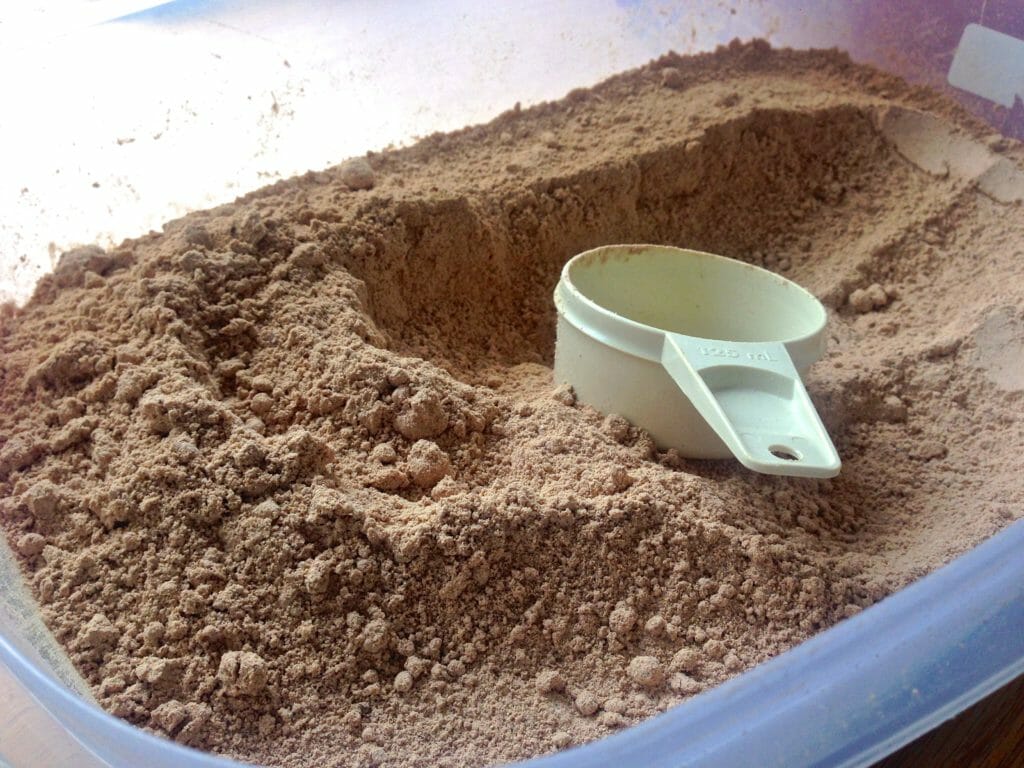
Recommendations
- Know the job you hire food to do for you. I think a person eats what they do for one or more of eight reasons: socially, for energy, for enjoyment, for nourishment, for health reasons, for pleasure, because they’re addicted (often the case with sugar), and for relaxation. I personally get an incredible amount of enjoyment, pleasure, and relaxation from every meal I eat; nutrition and nourishment are almost always secondary. That’s simply the job I hire food to do for me. By being mindful of what you want to get out of food before you sit down to eat something, you can easily decide whether to eat soylent or something more enjoyable.
- If you don’t get too much satisfaction from food, you should eat Soylent. Soylent is cheap and takes hardly any time to prepare, so if you don’t care too much about food, you should look into making yourself some soylent. You’ll likely still want to eat normal food for the sake of not going insane, though.
- If you want to save time, money, or both, eat more Soylent. Soylent is one of the cheapest foods out there, and it also takes hardly any time to prepare. If you’re starved for time, money, or both, look into making soylent. You’ll need to put down a good chunk of money at first to buy all of the ingredients, but the cost per meal is incredibly low, and it’s pretty easy to prepare.
- When you eat soylent, drink lots of water. There is a great deal of water in food; for example, most fruits and vegetables are 80-95% water. Make sure you drink extra water alongside your soylent since you will be getting less water from the food you eat.
- Keep a blended batch of soylent in your fridge. There are times when you don’t have the time to prepare yourself a nice meal, and keeping a ready-made batch of soylent in the fridge is a great way to eat a healthy, balanced meal when you’re pressed for time or energy.
Wrap Up
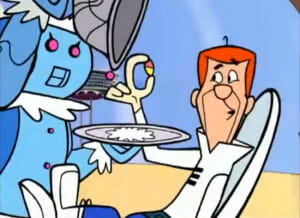 If soylent were a person, she would be the violin-playing, book-reading, high-scoring-on-her-SAT girl that graduated summa cum laude from Harvard, that spends so much time on being technically flawless that she forgets to have a personality and have fun.
If soylent were a person, she would be the violin-playing, book-reading, high-scoring-on-her-SAT girl that graduated summa cum laude from Harvard, that spends so much time on being technically flawless that she forgets to have a personality and have fun.
Food is fantastic–in my opinion it’s one of the greatest things out there. And sure, soylent is technically a perfectly balanced food, but I would vehemently argue that there is way more to eating than pure nutrition alone. After all, what would Christmas be like without your mother’s home cooking? What would a party be without snacks? What would Valentine’s day be like without chocolates and wine?
If a magical Jetsons-esque pill was created that supplied your body with all of its daily nutrients, would you take it? My bet is that you’d at least give it a shot, and though it would be useful a lot of the time, I’d also bet you would quickly miss food quite a bit, too.


